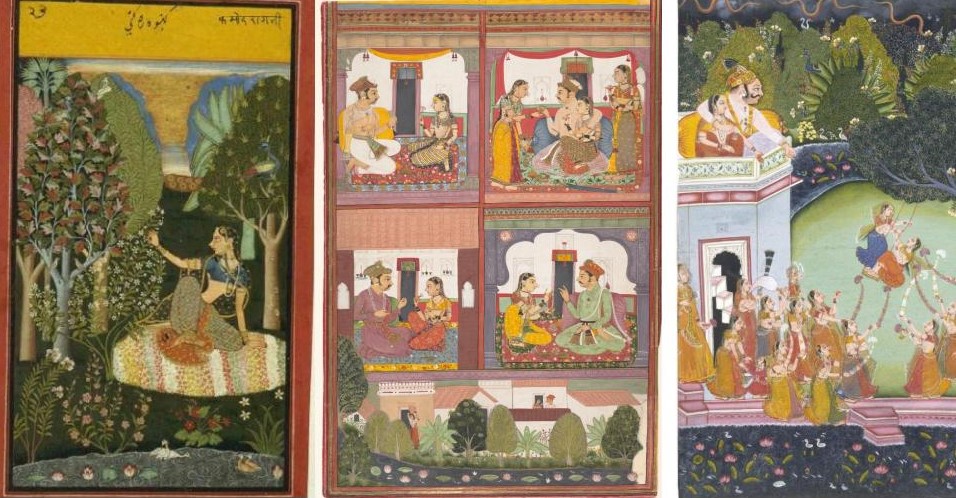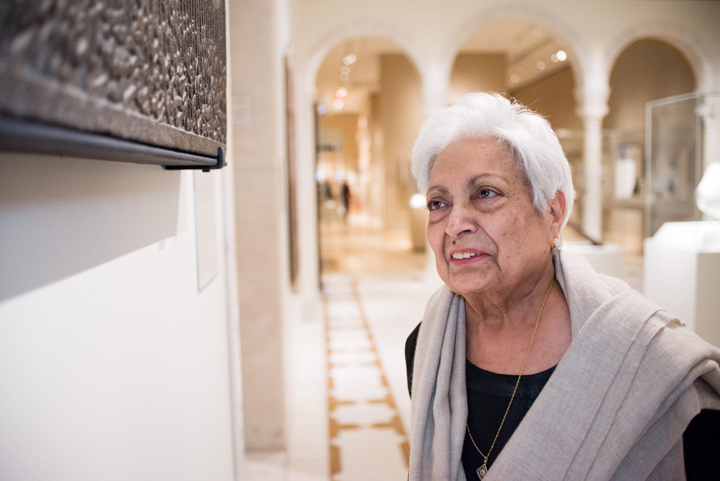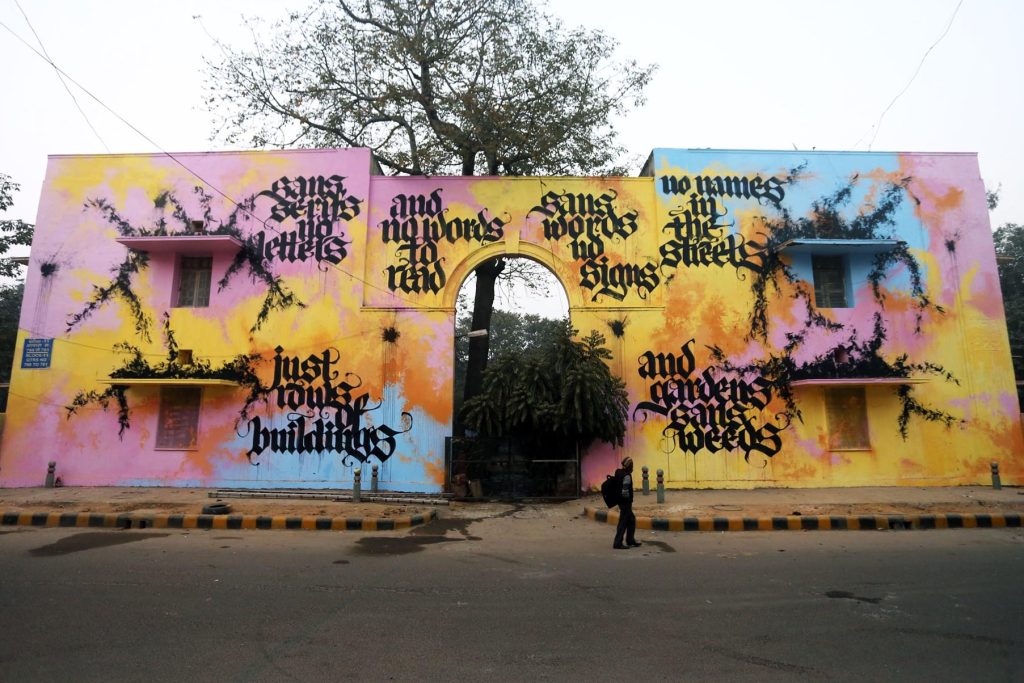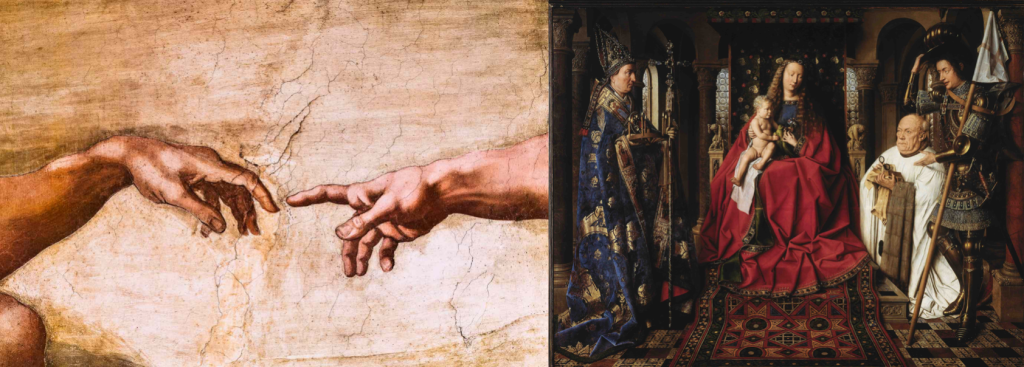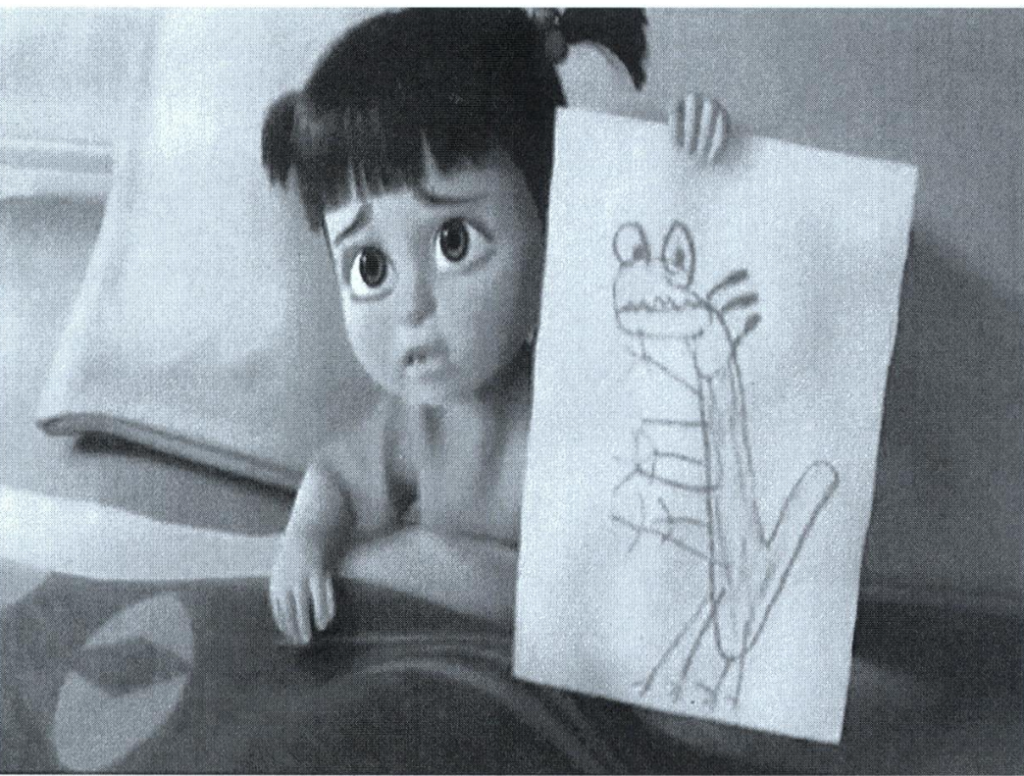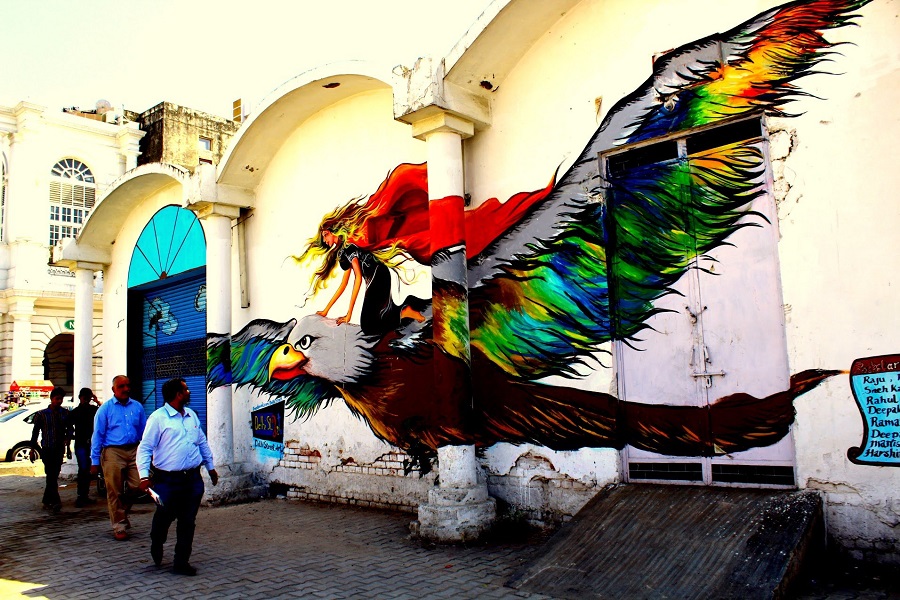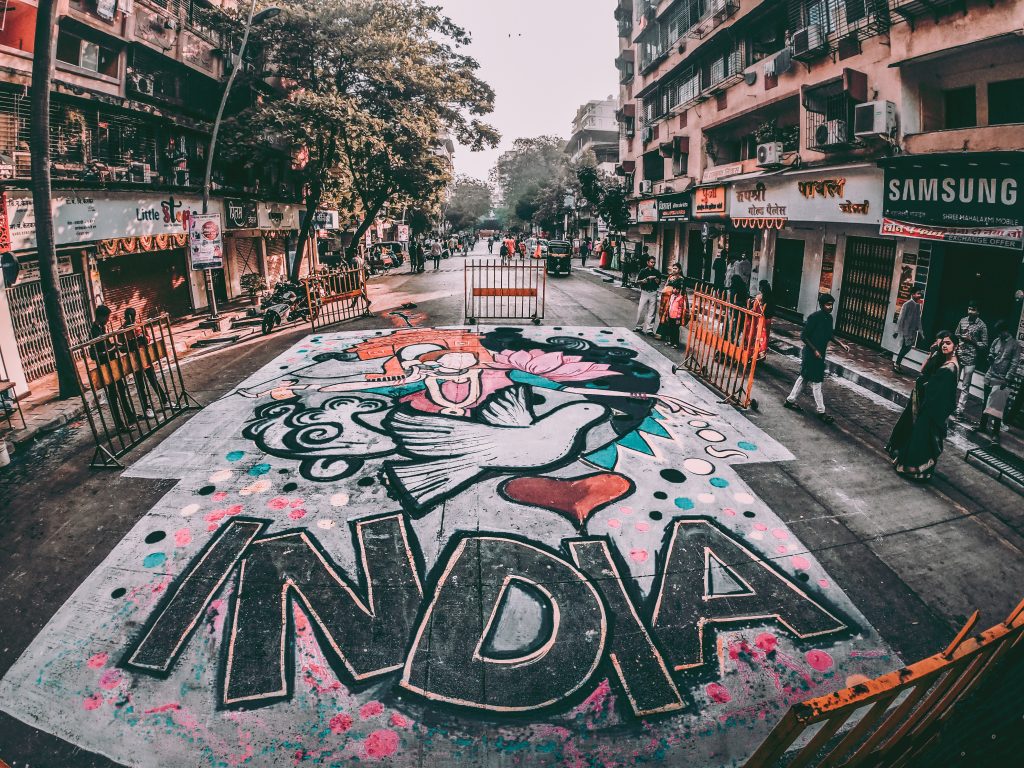A Narrative Through History and Origin of Bundi Paintings
The Realm of Indian Miniature Paintings visually narrates the treasures of the ancient past. It dwells as an embodiment of stories, poetries, myths and legends transcending through the canvases of miniature painters that weave these diverse narratives in an enchanting classical composition. Spread across India’s various, vast lands, several Miniature Painting Ateliers hold a distinctive […]
A Narrative Through History and Origin of Bundi Paintings Read More »

